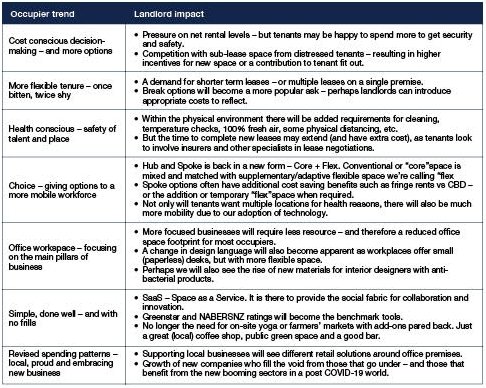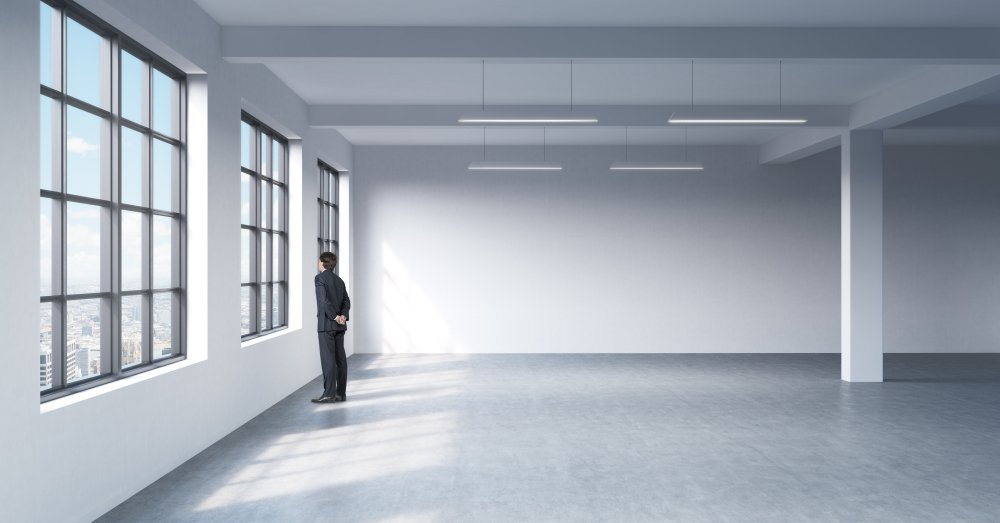While it is too early to be making conclusive assessments about the commercial property sector as a result of the game-changing Covid-19 pandemic, we’ve settled the argument about the need for physical office space.
Ultimately, the trends that evolve over the coming years will be all about our people – He tangata, He tangata, He tangata – and society’s ongoing need for physical interaction.
Work is more than just meetings and production. It’s the inspiration, the spark, the No.8 wire, the grey area that exists in-between.
Occupiers are looking for the workplace to create this social fabric. The workplace is the glue. Covid-19 has simply been a catalyst to take us “back to the future”. Many of the innovations we will see shouldn’t come as a surprise.
It is the future we have been talking about over the past five years, but haven’t seen widely implemented because businesses have been too busy in growth mode – and vacancy rates have been at a record low.
But the time for change and a shift in the narrative has come. Pre-Covid-19, many businesses faced resistance from within the workplace when trying to implement technology changes.
Teams were reluctant to adopt these technologies and yet, now we’re all experts on Microsoft Teams (launched 2017), Slack (2013), Google Hangouts (2013) and Skype (2003).
Health impacts, social disruption and catastrophic fall-out aside, this unprecedented viral catalyst has unwittingly provided the generational shift that the office market has been needing.
The flight to quality, the difference between A and B grade office stock, the difference between good and great – now becomes a significant gap and our sudden new reality.
What does this mean for commercial property?

The fall and rise of coworking
There has been a lot of commentary about this sector – with many polarising views about its success.
The naysayers will tell you this is the end of the road for the coworking model, and for a time they may be right.
We are likely to see some short-term pain as casual/monthly members drop this expense almost immediately.
However, the global coworking players have been evolving their offerings into more long-term (two to three years) opportunity for enterprise solutions.
Effectively putting them into direct competition with many major landlords for larger tenancies.
The coworking solution comes fully fitted out, with flexible lease terms and activation space – many of the trends that major landlords are going to be dealing with over the coming years.
A final thought for fun
What are we going to be wearing when we get back to work? Will we continue the casual attire we have become accustomed to at home and will this be the end of the necktie? Or will we embrace traditions of our previous generation and take more pride in our attire and bring back the three-piece suit?


